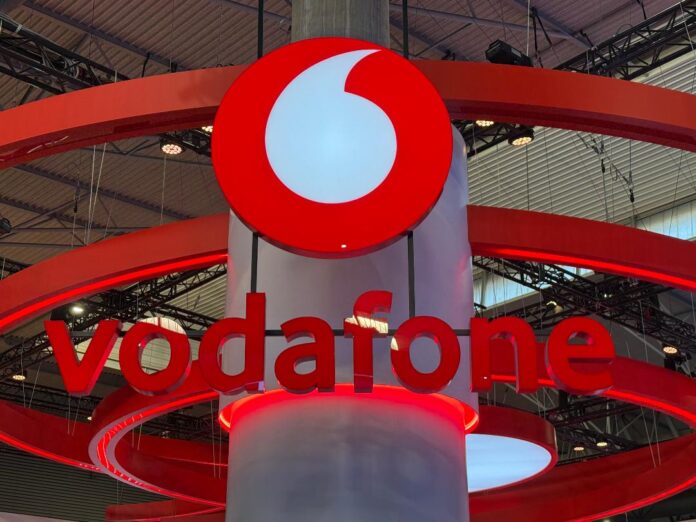Vodafone said that this recent test was conducted at the telco’s testing facility near Madrid using its 5G SA network
In sum – what you need to know:
5G uplink milestone – Vodafone and MediaTek achieved uplink speeds of 277 Mbps in Madrid using Vodafone’s 5G Standalone network and MediaTek’s M90 chipset, marking a key advancement for video uploads, cloud services and AI apps.
Advanced 5G features – The trial leveraged carrier aggregation, MIMO antennas, and both FDD and TDD spectrum to boost speed, coverage and efficiency, demonstrating the benefits of 3GPP-Rel. 17 technologies.
Next-gen readiness – Vodafone says these innovations will improve user experience across Europe, especially as mobile traffic shifts toward content creation and real-time data sharing.
Vodafone and semiconductor giant MediaTek have tested 5G uplink speeds of up to 277 Mbps in a recent test in Madrid, Spain, the former said in a release.
This achievement plays a key role in improving the customer experience for uploading videos and large files from smartphones to the cloud or social media, the telco said.
The recent test was conducted at the telco’s testing facility near Madrid, using the telco’s 5G Standalone (5G SA) network.
MediaTek’s M90 chipset supported download speeds up to 12 Gbps and offered a 20% boost in uplink performance based on 3GPP’s latest Release 17 standards.
Key to the test’s success was carrier aggregation, which merges multiple spectrum channels to increase speed and capacity. Engineers also employed MIMO (multiple input, multiple output) antennas to transmit two simultaneous data streams from a single smartphone. Testing incorporated both Frequency Division Duplex (FDD) for wide coverage, and Time Division Duplex (TDD) for high-capacity urban areas.
Additionally, MediaTek chipsets demonstrated efficient switching between uplink technologies, minimizing interference and improving overall spectrum use, according to Vodafone.
Marco Zangani, Vodafone’s director of network strategy and architecture, said: “We are continually improving the performance of our European networks to meet growth in traffic, a trend that’s unlikely to slow down especially with the popularity of video sharing sites and cloud services, as well as AI applications in the near future.”
HC Hwang, general manager of wireless communication system and partnership at MediaTek, added: “Enhancing uplink performance using groundbreaking technology will ensure next generation 5G experiences continue to support users globally.”
Vodafone Spain’s 5G network will cover 90% of the population and more than 3,700 municipalities by the end of this year, surpassing its initial deployment commitments, the carrier previously said.
This expansion includes bringing 5G to approximately 1,000 additional municipalities across 49 provinces. Coverage will extend to 513 municipalities with fewer than 1,000 residents, 388 municipalities with populations under 10,000, and 56 municipalities with populations between 10,000 and 50,000.
Vodafone said it is deploying 5G on the 700 MHz frequency to enhance indoor coverage, ensuring greater bandwidth availability and faster data transmission, which is particularly beneficial for rural areas and small towns.
Vodafone initially launched 5G services in Spain via Non-Standalone (NSA) architecture in 2019 while the telco launched a pre-commercial 5G Standalone (SA) network in June 2021. In January of 2022, Vodafone Spain announced the start of the initial deployment of 5G coverage via the 700 MHz frequency in 109 municipalities in 30 provinces across the country, after the telco secured spectrum in the 700 MHz band in July 2021.
In May 2024, Vodafone Group had completed the sale of its Spanish operation to Zegona Communications for $5.4 billion.
Vodafone and Zegona had previously said they will enter into a brand license agreement, which permits the use of the Vodafone brand in Spain for up to 10 years post-completion. Vodafone and Zegona entered into other transitional and long-term arrangements for services including access to procurement, IoT, roaming and carrier services.

